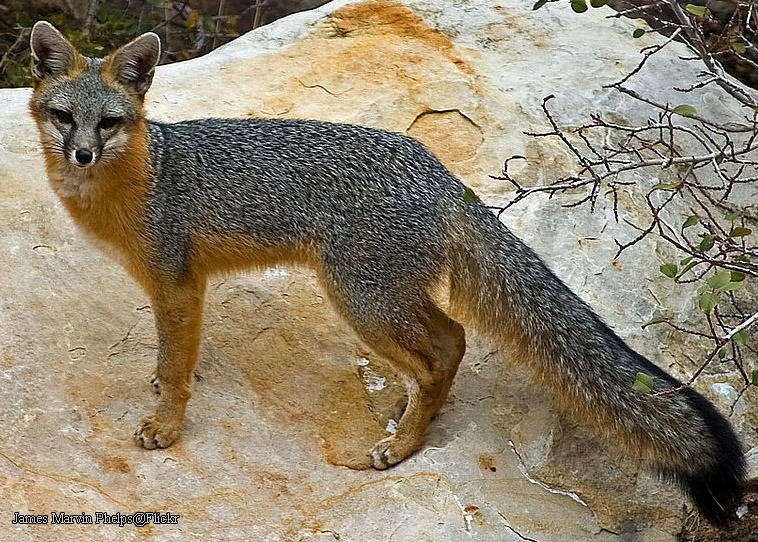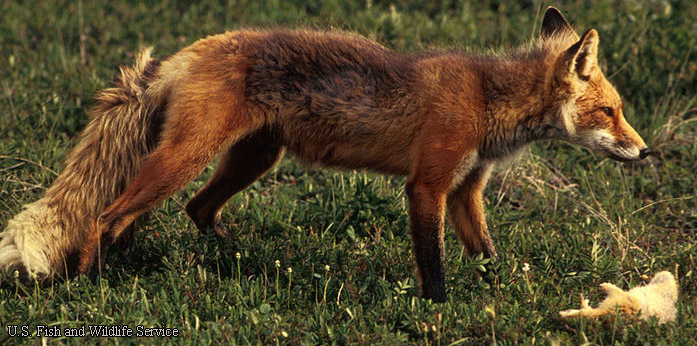Fox
Introduction
|
On this page... (hide)
There are only two fox species native to the region: the Gray Fox and the larger Red Fox. Foxes are solitary predators and are omnivorous, and generally prey on a wide variety of smaller prey animals, such as rodents, birds, and rabbits to name a few. The red fox is a much more wide-ranging species than the gray, which favors rocky, wooded, brushy regions. Foxes are known for growing thick winter coats that are dense, soft, silky and relatively long; they can become quite scraggly looking as they transition into their warmer summer coats. Foxes cannot interbreed with Canis subspecies (e.g., wolves, jackals, and coyotes) despite their superficially similar appearance. Despite being canines, foxes also cannot become Luperci! |
1. Speech
According to our Speech Guide, this creature speaks High Speech naturally. It is therefore able to communicate with Luperci -- however, keep in mind that speech can be complicated by differences in vocal sounds (e.g., a Whale will sound much different from a Bear, even when both are speaking high speech).
2. Uses
- Food: --
- Pelts and hides: ---
- Companionship: --
3. Types
3.1 Gray Fox
↪ Gray Fox (Urocyon cinereoargenteus)
| Useful Information |
|
| Quick Facts |
|
3.2 Red Fox
↪ Red Fox (Vulpes vulpes)
| Useful Information |
|
| Quick Facts |
|
4. Notable 'Souls Individuals
| NPCs |
|
| Played |
|
5. Additional Resources
5.1 Icons










